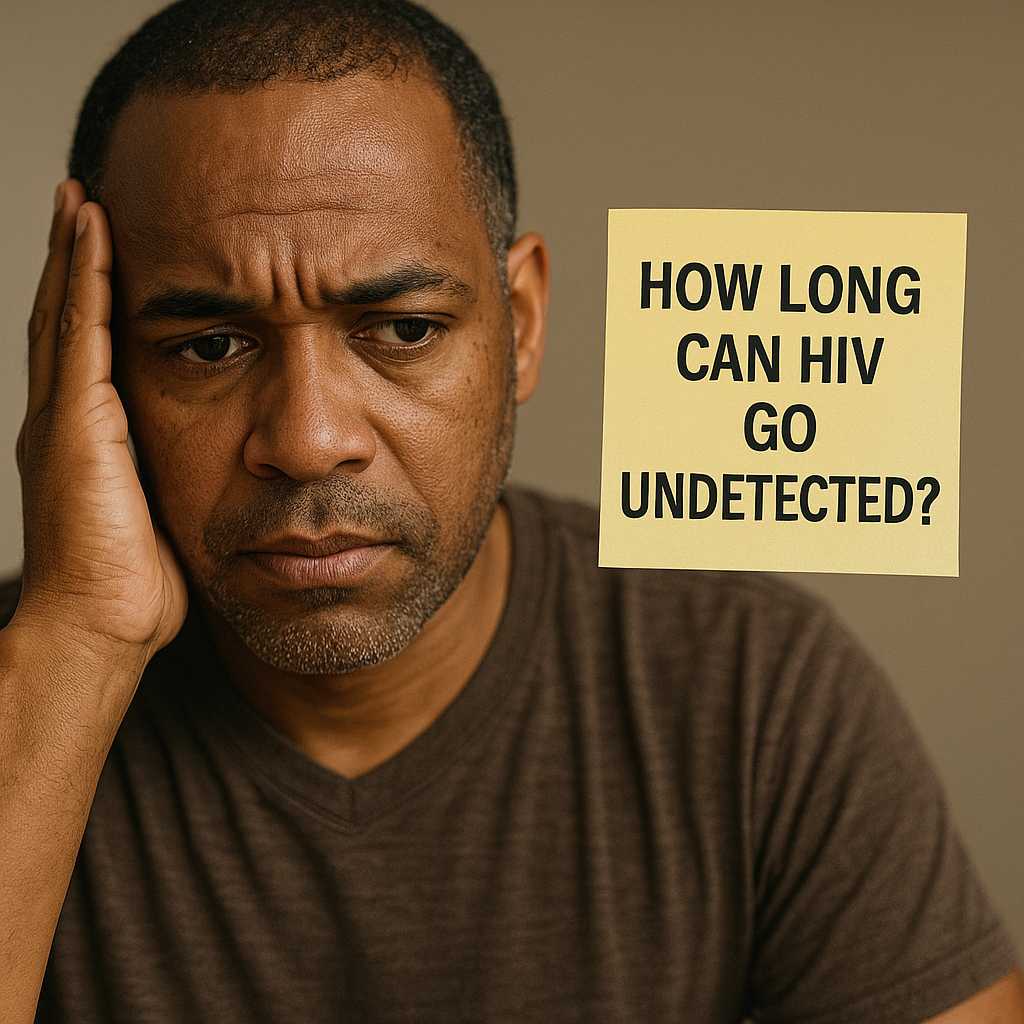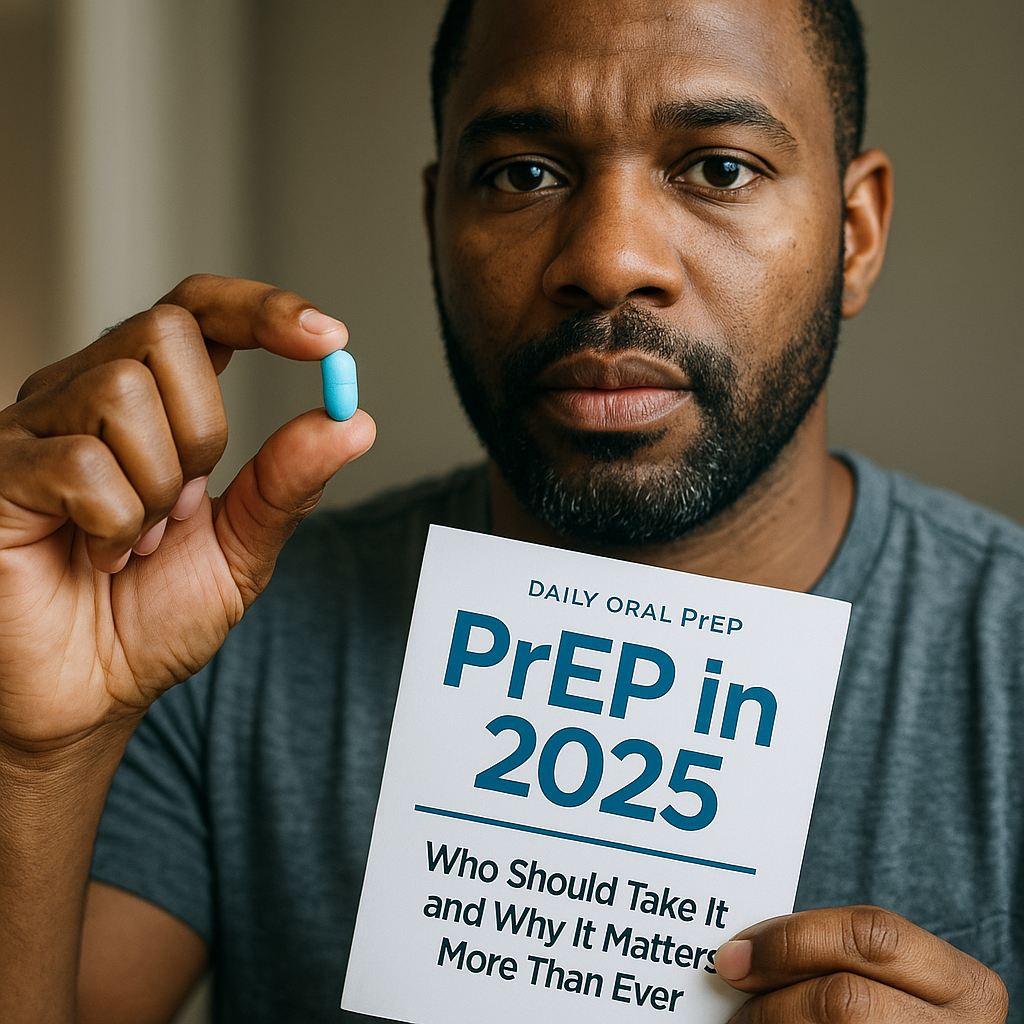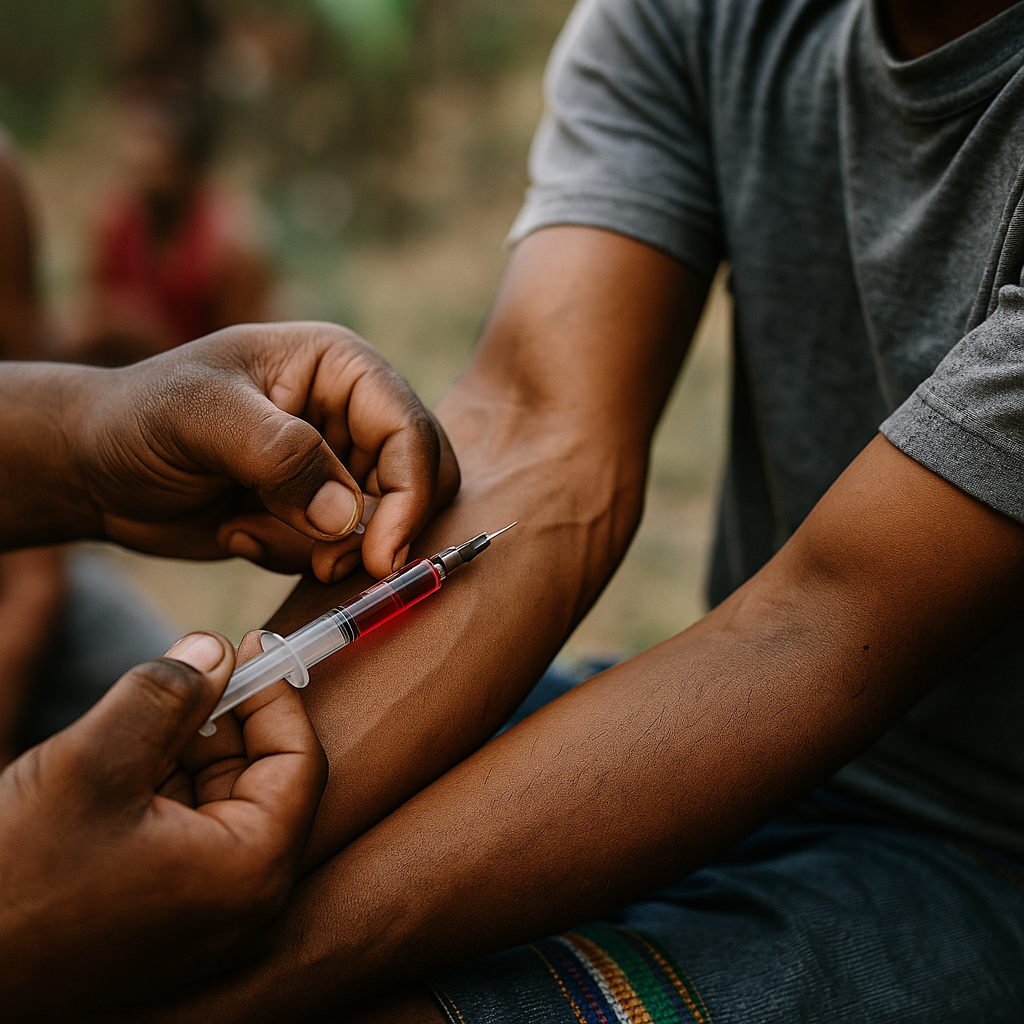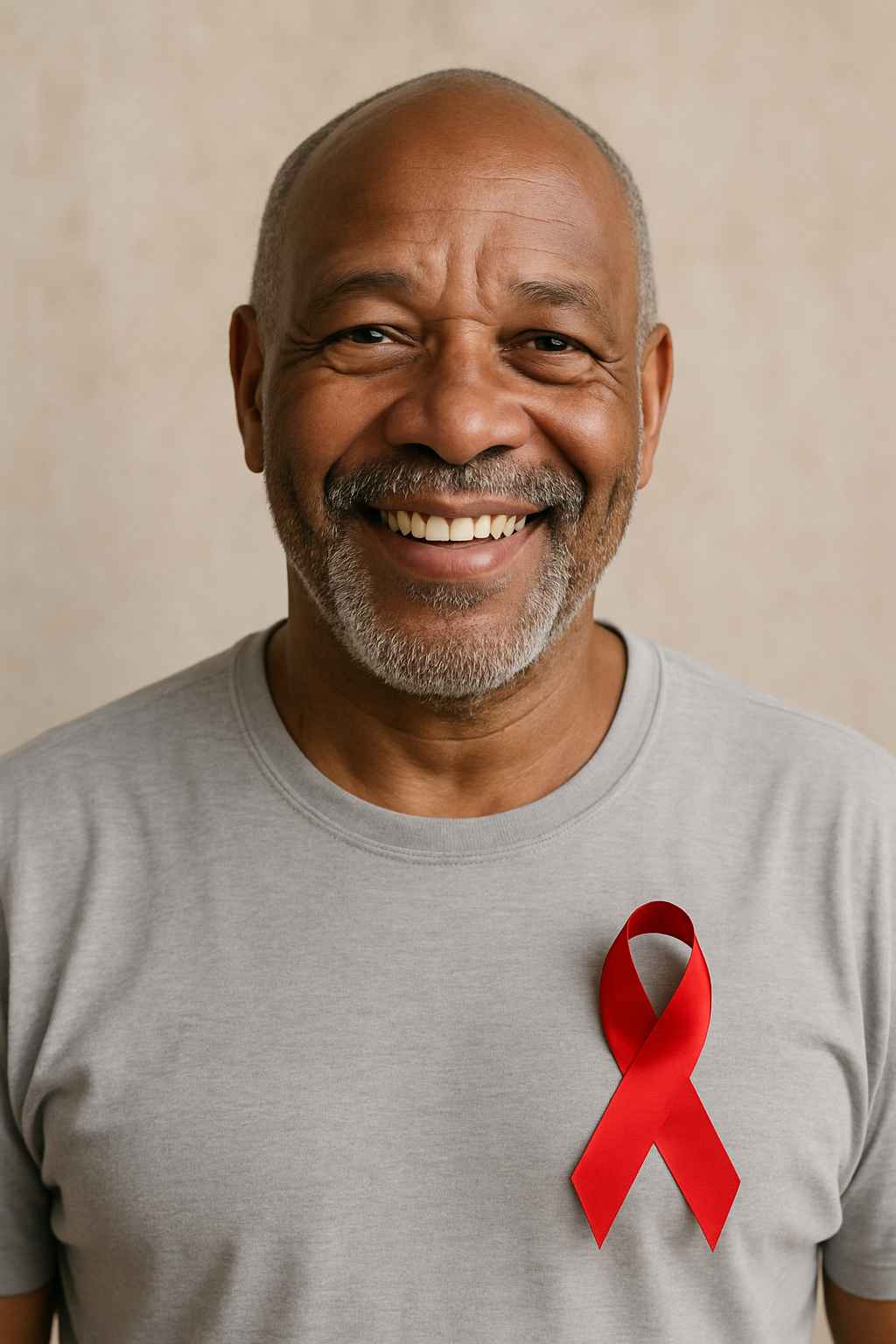Have you ever wondered, “How long can HIV go undetected?” It’s a crucial question because undiagnosed HIV can silently damage the immune system for years. Understanding how long HIV can remain hidden helps emphasize the importance of early testing and regular checkups, especially if you may have been exposed.
Table of Contents
- Understanding the HIV Window Period
- Symptoms of HIV and When They Appear
- Testing Options and Detection Timelines
- Why Early Detection Matters
- Conclusion
- FAQs
Understanding the HIV Window Period
The window period is the time between HIV exposure and when a test can reliably detect the virus. During this phase, the virus may not show up in tests—even if a person is infected. This period varies depending on the type of HIV test used.
For example, nucleic acid tests (NAT) can detect HIV within 10 to 33 days of exposure. Antigen/antibody tests, which are commonly used in healthcare settings, usually detect HIV within 18 to 45 days. Rapid antibody tests may take even longer, up to 90 days, to show accurate results. CDC guidelines explain these timelines in detail.
It’s important to understand that during the window period, a person can still transmit the virus—even if they test negative. That’s why healthcare providers often recommend a follow-up test several weeks after a potential exposure.
Symptoms of HIV and When They Appear
Not everyone experiences early symptoms of HIV. However, many people develop flu-like symptoms within 2 to 4 weeks after exposure. This is called acute HIV infection. It may include fever, swollen glands, sore throat, rash, fatigue, and muscle aches. Because these symptoms resemble common viral infections, they’re often overlooked or misdiagnosed.
After the acute phase, the virus can become dormant, entering the clinical latency stage. This stage may last for years without noticeable symptoms, yet HIV continues to damage the immune system. That’s how HIV can go undetected for a long time—sometimes up to a decade if left unchecked.
During this time, a person may feel healthy and unaware of their status, making routine testing even more essential.
Testing Options and Detection Timelines
HIV testing is the only way to know for sure whether someone has the virus. There are three main types of HIV tests:
1. Nucleic Acid Tests (NAT)
These detect the virus itself and can find HIV in as little as 10 days post-exposure. However, they are expensive and not typically used for routine screening unless someone is at high risk or showing symptoms.
2. Antigen/Antibody Tests
These tests look for both HIV antigens and antibodies. They can detect infection within 2 to 6 weeks and are commonly used in labs and clinics.
3. Antibody Tests
These tests look only for antibodies, which take longer to appear. It may take up to 3 months after exposure for these to yield a reliable result. Most rapid tests and self-tests fall into this category.
For up-to-date information about when to test and which method is best for your situation, visit Healthcare.pro or talk to a trusted healthcare provider.
Why Early Detection Matters
Detecting HIV early can significantly improve a person’s health outcomes. Antiretroviral therapy (ART) can begin immediately, reducing the viral load to undetectable levels. When HIV is undetectable, it’s untransmittable—a concept known as U=U (Undetectable = Untransmittable).
Early diagnosis also reduces the chances of unknowingly spreading HIV to others. According to eHealthcare Solutions, education, digital outreach, and consistent messaging are essential in raising awareness about testing and prevention tools like PrEP (pre-exposure prophylaxis).
In contrast, delaying diagnosis can lead to advanced HIV or AIDS, which is much harder to manage and can cause life-threatening complications. That’s why getting tested regularly—even without symptoms—is crucial.
Conclusion
So, how long can HIV go undetected? The answer depends on the type of test and individual response to the virus. While some may test positive within days, others may not show a positive result for up to three months. However, the longer someone waits to test, the more time HIV has to harm the immune system.
If you think you’ve been exposed, don’t wait. Talk to a healthcare provider, get tested, and follow up as recommended. Regular testing saves lives—and knowledge is the first step toward protection.
FAQs
Can HIV be detected immediately after exposure?
No, HIV cannot be detected immediately. Most tests require a window period ranging from 10 days to 3 months before yielding accurate results.
What is the most accurate HIV test?
Nucleic acid tests (NAT) are the most accurate and can detect the virus early. However, antigen/antibody tests are widely used and highly reliable after the initial weeks post-exposure.
Can someone have HIV for years and not know it?
Yes, it’s possible to live with HIV for years without symptoms. That’s why regular testing is essential, especially for individuals at higher risk.
Is it possible to test negative during the window period and still have HIV?
Yes. A person can test negative during the window period but still be infected. That’s why follow-up testing is often necessary.
When should I get tested after potential exposure?
You should get an initial test after about 2 to 4 weeks and a follow-up test around 3 months post-exposure for confirmation.
This content is not medical advice. For any health issues, always consult a healthcare professional. In an emergency, call 911 or your local emergency services.




